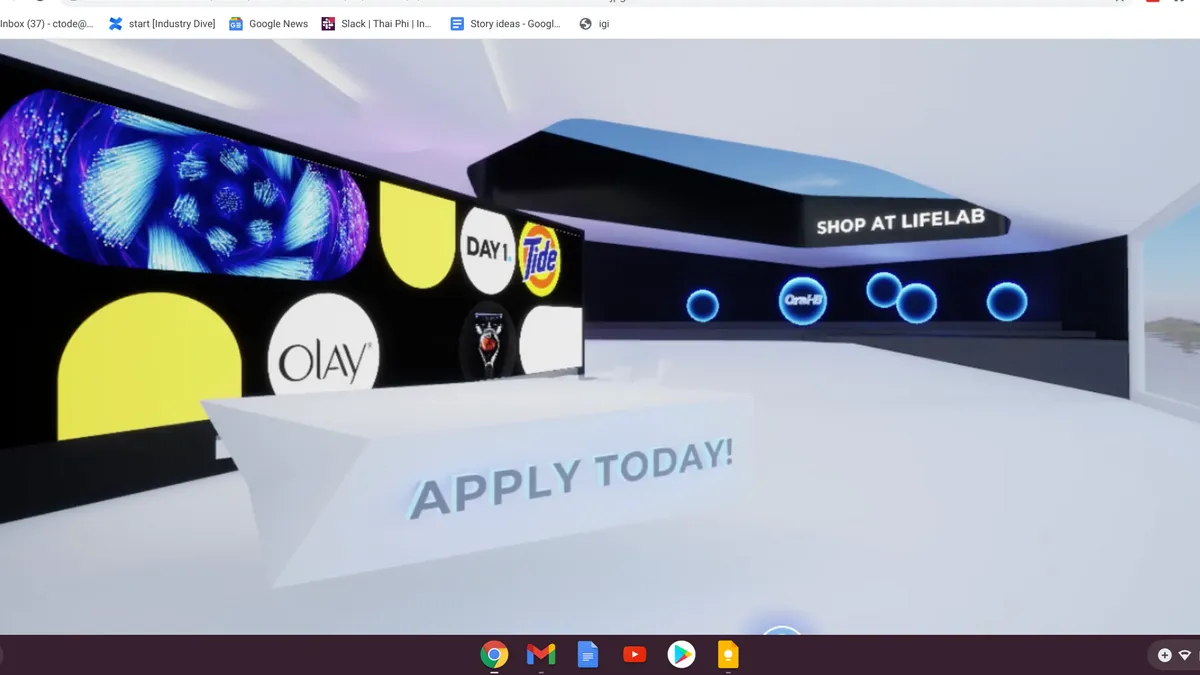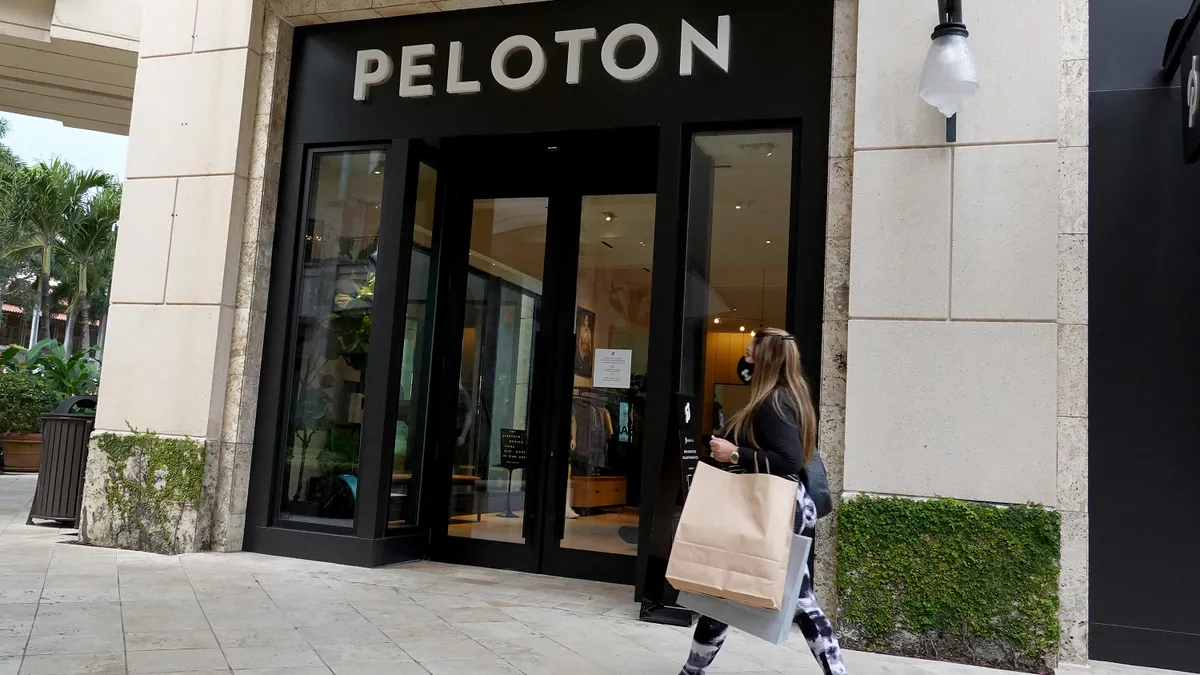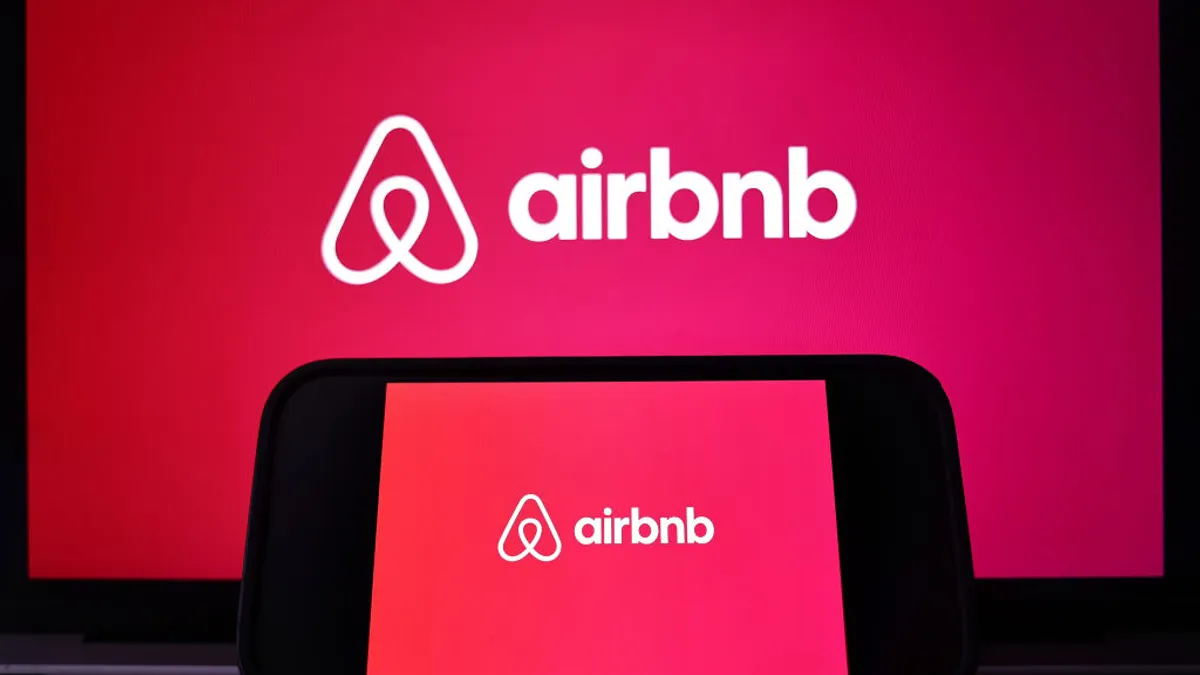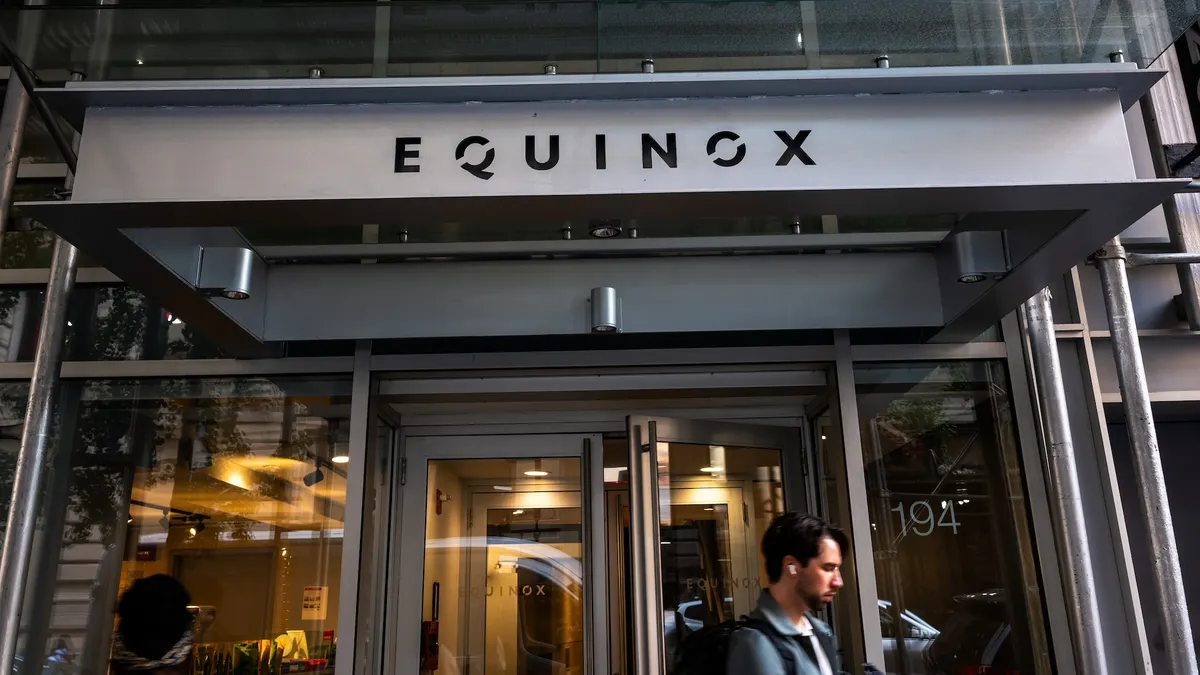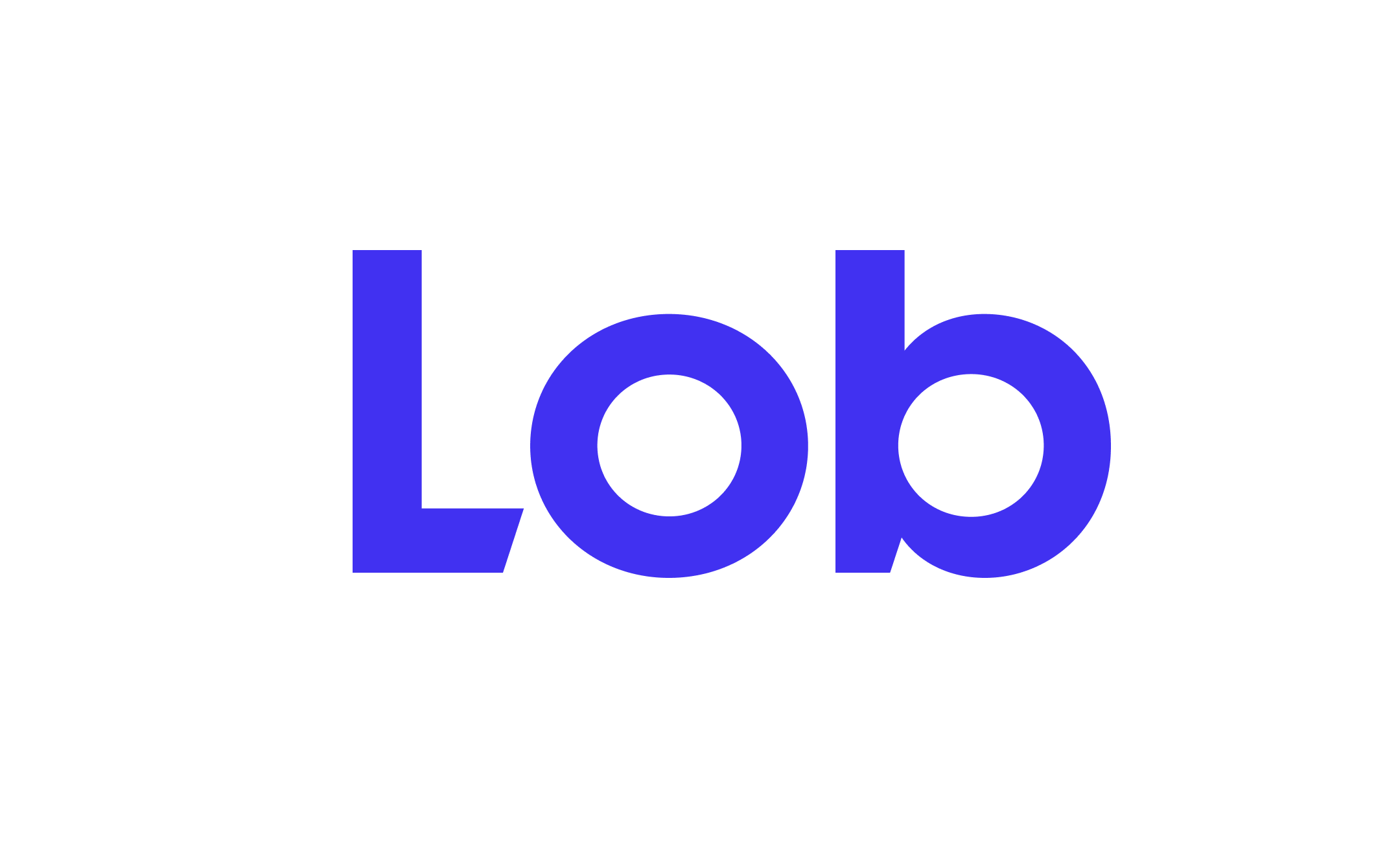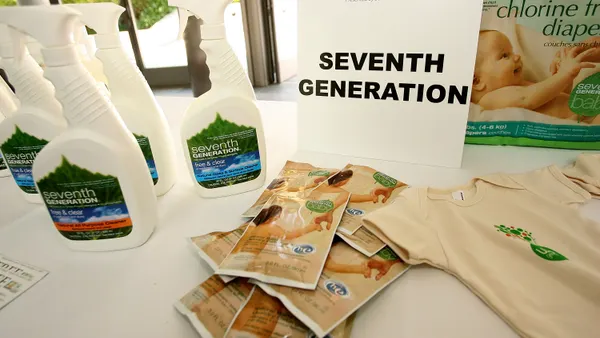Editor's note: This story is part of the Marketing Dive Outlook on 2021, a series on the trends that will shape the industry in 2021. For a look at the business trends affecting other industries, see the Dive Outlook on 2021.
The first few weeks of January have made clear that the volatility marketers weathered in 2020 isn't going anywhere with a change to the calendar year. Procter & Gamble, one of the world's largest advertisers by media spend, has adjusted to ongoing bumpiness by holding fast to what Chief Brand Officer Marc Pritchard dubbed "constructive disruption" — a willingness to quickly switch strategies to meet the demands of a society under pressure, the executive said at the Consumer Electronics Show Tuesday.
Pritchard coined the "constructive disruption" term several years ago — and even trotted it out at last year's CES — but developments that have rocked the industry since last March, including the pandemic, mass protests for racial justice and an economic downturn, reinforce the mantra's value to the organization.
"The events of the last year have accelerated disruption to unimaginable levels. It will undoubtedly continue," Pritchard said during a virtual presentation. "We're reinventing how we innovate, moving faster by combining 183 years of expertise with the entrepreneurial spirit of a startup."
P&G, which owns household brands like Tide, Febreze and Oral-B, has grown its presence at CES in recent years through a tech-heavy LifeLab showcase that Pritchard said is reflective of how the organization is gravitating to a younger company's mentality. Products displayed this week via an interactive virtual experience include EC30, a cleaning swatch made with no water or plastic packaging, and Microban 24, a disinfectant spray that rolled out last February.
Outside of conference showrooms, P&G has generally grown more aggressive in wresting control over of its marketing, including media buying, data acquisition and content. Pritchard indicated that shoring up internal strengths increasingly enables P&G's constructive disruption, allowing the company to keep pace with changing consumer and technology trends at a time when they're moving at a faster clip.
"We're reinventing media to constructively disrupt the definition of what it means to be the world's largest advertiser," Pritchard said. "It's not who spends the most; it's who reaches the most efficiently, effectively and with experiences consumers prefer."
Shoring up strengths
P&G for years has pushed to in-house more marketing functions, but the pandemic's effect on consumer behavior as well as broader changes to the digital landscape, including the introduction of data privacy laws and the death of third-party cookies, add urgency to the shift. The Cincinnati-based marketer now handles roughly 80% of its U.S. media planning in-house, and all of its media planning internally in China, its second-largest market, Pritchard said Tuesday. P&G had in-housed only about 30% of U.S. media planning as of October 2019.
As the pandemic decimated the traditional media landscape amid an accelerated jump to streaming last year, P&G got a chance to flex some of its muscles. The company eschewed the traditional TV upfronts to instead negotiate deals directly with major broadcasters, a significant move Pritchard said creates a more level playing field for the business and serves as an example of constructive disruption.
"We're doing more media-buying deals in-house, disrupting the legacy systems that have historically favored sellers," Pritchard said.
An in-house focus is apparent in P&G's approach to digital media as well, with a spotlight on building out an automated programmatic media-buying infrastructure that allows for more precise audience targeting compared to traditional demographic-based methods, per Pritchard. Similarly, first-party data acquisition is a top priority for P&G given the deprecation of cookies, with Pritchard expressing confidence that consumers will be willing to share information with the marketer's myriad brands.
"It's clear that walled gardens are going to stay walled, and that cookies will soon be eliminated, so we're gathering permission-based consumer data on our platform, where consumers opt-in to share data in exchange for brand engagement."

Marc Pritchard
Chief brand officer, Procter & Gamble
"It's clear that walled gardens are going to stay walled, and that cookies will soon be eliminated, so we're gathering permission-based consumer data on our platform, where consumers opt-in to share data in exchange for brand engagement," Pritchard said. "Consumers trust our brands, and we aim to ensure that the data that they choose to share with us will be used in ways that they prefer."
One area where Pritchard suggested P&G wants to be more hands off is content policing. The executive has frequently issued calls to clean up the digital media space, but problems like hate speech continue to bog down social media platforms — and produce real-world consequences, as evidenced by last week's insurrection at the U.S. Capitol. While Pritchard did not reference the riots by name, his directive to platform gatekeepers Tuesday was clear.
"[We're] still operating with very few boundaries other than those that are self-imposed or that marketers try to enforce. Frankly, we're tired of wasting time monitoring bad content," Pritchard said. "It's time for the platforms to get on with it, for as history has shown, where industries can't sufficiently self-regulate, governments will step in."
Two-pronged approach
Overhauling P&G's media operations arrives in tandem with a changing outlook on advertising. At CES two years ago — P&G's first year presenting at the show — Pritchard said traditional advertising's days were numbered, a claim he reiterated Tuesday, pointing to the enshrinement of ad-free streaming services over the past several months.
"Reinventing media goes hand-in-hand with reinventing advertising to create ad experiences that are more superior, more useful and more interesting so that consumers actually look forward to them," Pritchard said.
The executive stated that P&G is centering more consumer-facing outreach on "high-quality content," particularly around purpose-driven marketing. He pointed to P&G's partnership with The Queen Collective, a collaboration between Queen Latifah and Tribeca Studios focused on forwarding gender and racial diversity. P&G recently made larger internal commitments to ensure its advertising and partnerships are more representative of consumers from diverse backgrounds.
"Now is the time to lead by using our voice to address the systemic inequalities that exist," Pritchard said, highlighting work P&G released around the movement for racial justice last summer.
But the issues-oriented ads that have won P&G industry accolades are just one aspect of its evolving messaging strategy, and maybe not the one driving the most sales. According to Pritchard, the pandemic has reinforced the value of purely utilitarian marketing, like how-tos on properly sanitizing surfaces or washing one's face after a long day wearing a mask. Microban 24, which claims to be able to kill 99% of cold and flu viruses, was projected to net $200 million in sales last year, its first on store shelves, The Wall Street Journal reported.
"We're doubling down on educational infomercials to communicate the superior performance of our brands, especially home cleaning products where interest remains really high," Pritchard said. "These won't win any awards, but they're especially effective at driving growth."



